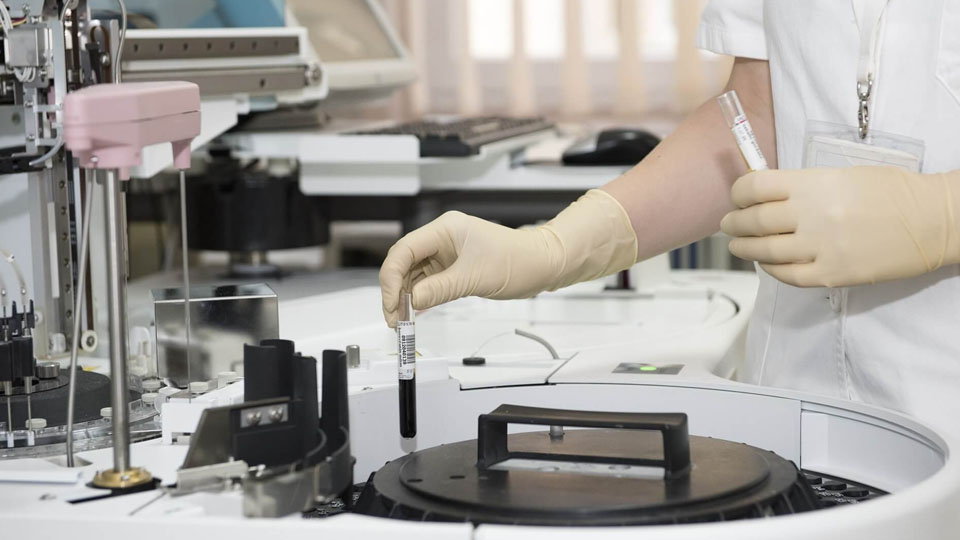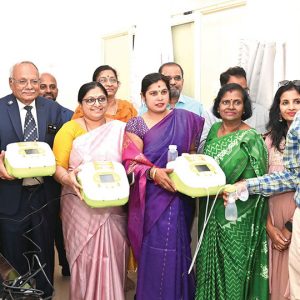Medical attention by doctors, both general practitioners and specialists as well as super-specialists (whose expertise lies in a well-defined narrow area of medicine) to (a) Patients who can convey about their affliction to the whitecoat-attired fraternity with clarity (even with the help of technical terminology) and (b) Patients who cannot disclose their health problems, leaving scope to the doctor for proper diagnosis are different kettles of fish. Both types of patients mentioned above as well as hybrid cases who conceal their adventure of self-medication prove problematic in pinpointing the nature of affliction, not to forget interference in the treatment regimen to advise those in distress. In this era of life having become fast in every sense of the term (fast travel, fast communication, fast food, fast this and fast that), the patients too seek fast relief from their suffering, if not fast cure, their disease burden may be light or massive which is immaterial from the patients’ viewpoint.
Thanks to the giant strides the medical practice has witnessed, specially since the beginning of space exploration, the time-honoured practice by doctors, mostly consisting of (a) Physical scrutiny of the exposed parts of the body, (b) A look into the eyes, (c) Feeling the pulse and lastly (d) Checking the heart beat with help of stethoscope, not to forget a leisurely interaction with the patient, seems to be out of favour nowadays. Hi-tech instruments and diagnosis by a close look at the results are the order of the day, remember the cost too.
The commonly heard perception of medical profession having turned into business rather than service, read humanitarian service merits to be revisited dispassionately. Both the methods of diagnosis and subsequent treatment involving medication and surgery as warranted by the health condition of the patient are rated in comparison with the advances originating in the West. Accordingly, both diagnostic laboratories and hospitals have to be equipped with equipment and materials in order to measure upto global standards, which means investing funds in astronomical proportions. While institutions under government management are financed by public funds, private sector institutions have no option other than making the patients pay.
In sum, high cost of medical attention involving state-of-the-art diagnostic instruments and treatment is fait accompli. In this backdrop, the Medical Devices Rules under the Drugs and Cosmetics Act 1940, updated on many occasions, focusing on creating a Regulatory Authority may address the lack of a dedicated law concerning medical devices.








Recent Comments